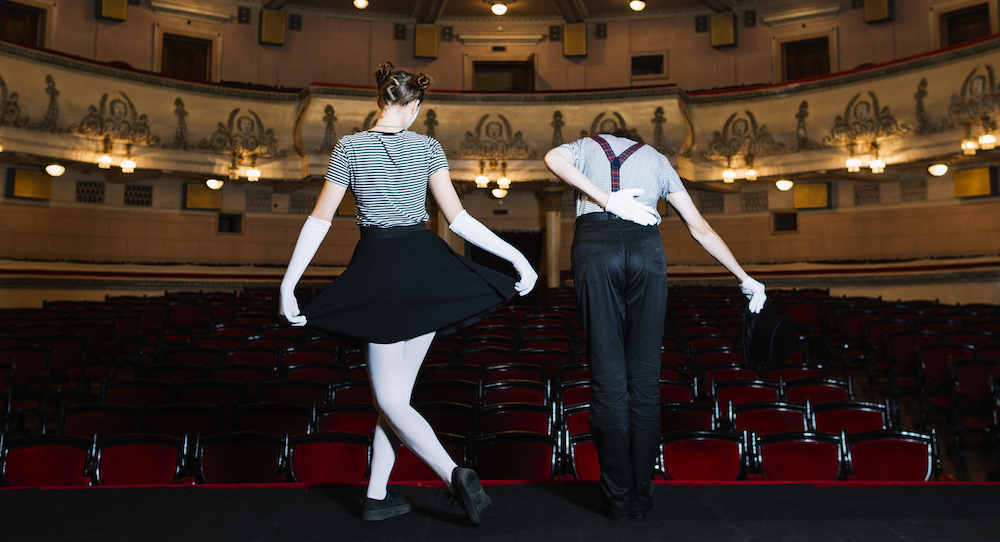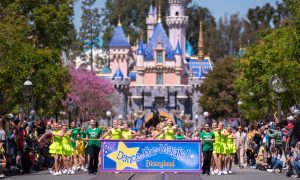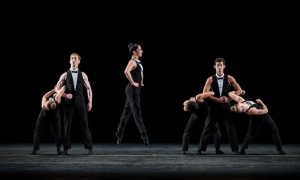Broadway, located in New York City, is synonymous with American theater and is known globally for its vibrant, influential and exciting musicals and productions.
Early beginnings
Origins: Broadway’s roots trace back to the early 19th century. The term “Broadway” originally referred to the street itself, which is one of the oldest thoroughfares in New York City, dating back to the Dutch colonial era.
Early theaters: The first significant theatre on Broadway was the Park Theatre, opened in 1798. It was followed by the Bowery Theatre in 1826, and the Astor Place Theatre in 1847, which contributed to the development of a theater district.
19th century growth
Mid-century booms: By the mid-19th century, Broadway had established itself as a major entertainment hub. Theaters like Niblo’s Garden and the Booth Theatre were prominent venues.
Musical beginnings: The Black Crook, considered the first musical, debuted in 1866, and ran for an unprecedented 474 performances, setting a standard for musical theater.
The Golden Age (Early 20th century)
Theater District: By the early 20th century, the area around Times Square became the heart of Broadway. The New Amsterdam Theatre, built in 1903, and the Lyceum Theatre, opened in 1903, are among the oldest surviving theatres from this era.
Proliferation of musicals: The 1920s saw the flourishing of musical theater with hits like Show Boat (1927), which integrated music, lyrics, and story in a new and compelling way.
Mid-20th century
Post-war boom: The post-World War II period marked Broadway’s Golden Age. Musicals such as Oklahoma! (1943), Carousel (1945), South Pacific (1949) and The Sound of Music (1959), by Rodgers and Hammerstein, defined the era.
Influential productions: Other landmark productions included West Side Story (1957), My Fair Lady (1956) and Fiddler on the Roof (1964). These shows set new standards for storytelling, choreography and production design.
Challenges and revival (Late 20th century)
Decline and recovery: The 1970s saw a decline due to economic issues and urban decay in New York City. However, Broadway experienced a revival in the 1980s and 1990s with the help of large-scale productions by Andrew Lloyd Webber, such as Cats (1982) and The Phantom of the Opera (1988), as well as Disney’s The Lion King (1997).
Non-profit theaters: The establishment of non-profit theater companies, like the Roundabout Theatre Company and Lincoln Center Theater, also played a role in revitalizing Broadway.
Contemporary era
Modern musicals: The 21st century has seen a blend of blockbuster productions and innovative new works. Musicals like Wicked (2003), The Book of Mormon (2011), and Hamilton (2015) have achieved critical and commercial success.
Diverse offerings: Broadway has become more inclusive and diverse, with shows addressing a wide range of social, cultural and political issues. Productions like Dear Evan Hansen (2016) and Hadestown (2019) reflect this trend.
Technological advancements: Modern Broadway productions often feature sophisticated technology in set design, lighting and special effects, enhancing the overall theatrical experience.
Cultural impact
Economic influence: Broadway is a significant economic driver for New York City, contributing billions of dollars annually through ticket sales, tourism and associated industries.
Global reach: Broadway’s influence extends worldwide, with touring productions and international adaptations bringing Broadway-style theater to global audiences.
Broadway remains a central pillar of American cultural life, celebrated for its artistic achievements and its ability to adapt and innovate in the ever-changing landscape of live theater.













